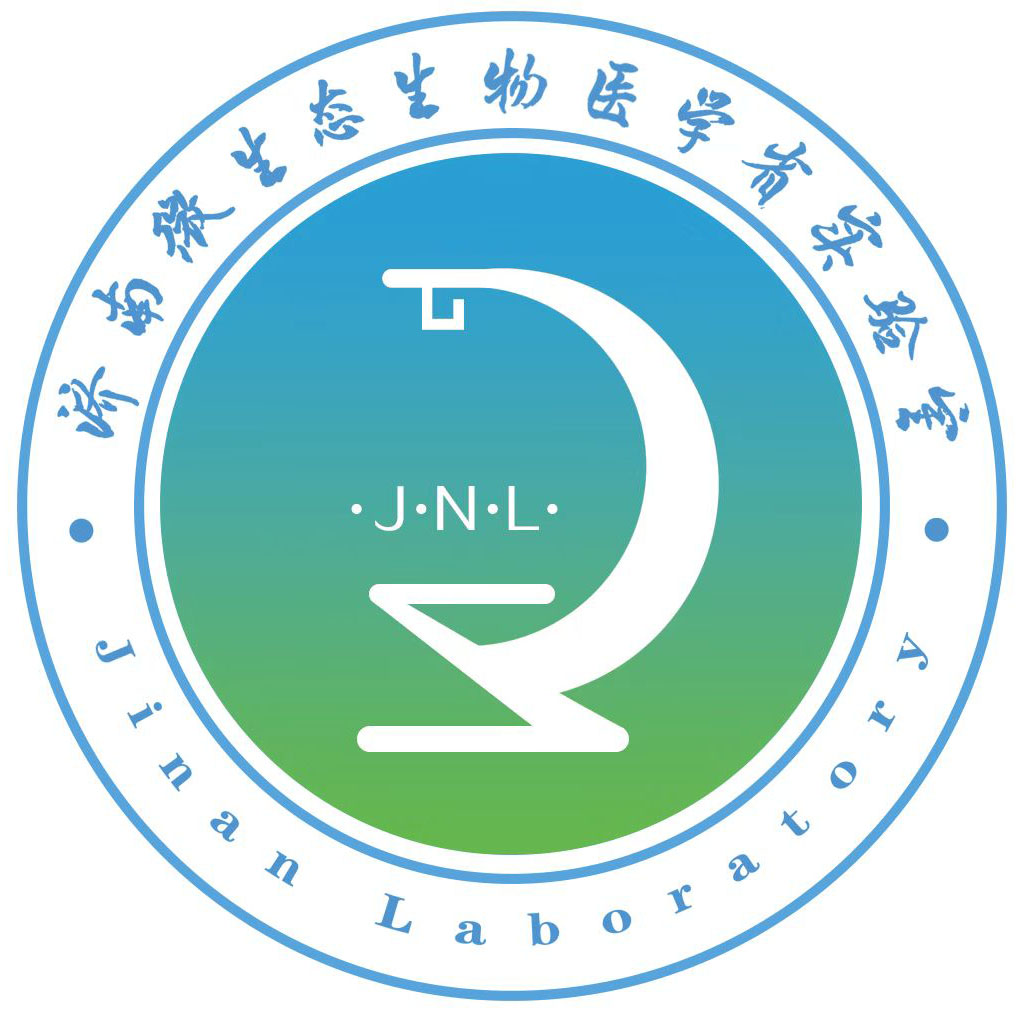Platforms, Applicants:
The National Natural Science Foundation of China (NSFC) has released the 2024 NSFC Joint Fund for Regional Innovation and Development Project Guidelines (the second batch), and applicants are requested to apply strictly in accordance with the requirements and precautions stated in the project guidelines.
I.Funding Intensity
Funding will be provided in the form of key support projects, all of which will have a funding period of 4 years, and the average funding intensity of the direct cost is about 2.6 million RMB/item.
Funding Fields
Including biology and agriculture, new materials and advanced manufacturing, and population and health. The main contents of the population and health field are as follows:
(a) Focusing on the life and health needs of the people in Jiangsu Province, and facing the major needs of modern medicine and the development of biomedical industry, we will carry out basic research or applied basic research on the key scientific problems of drug lead compounds, in vivo organoid construction, and the mechanism of immune imbalance in viral diseases.
Research Direction:
1. Discovery of potential new targets for anti-diabetic foot and design, synthesis and optimisation of novel drug lead compounds based on clinical samples (application code 1 selects the code subordinate to H34)
Using clinical samples and multidisciplinary techniques, we will identify the core proteins involved in the development of diabetic foot, carry out research on the corresponding pathological mechanisms, discover potential new anti-diabetic foot targets, and carry out the design, synthesis and optimisation of novel drug lead compounds for the new targets.
2. Mouse humanised organoid construction and organ development homeostatic regulation mechanism research (application code 1 choose C12's subordinate code)
Based on the organoid constructed by human stem cells and human tissues, combining with the technology of mouse immune system humanisation, we will establish in vivo organoids with complex tissue microenvironments and physiological structures such as immunity, metabolism, circulation, etc., and analyse the key mechanisms of their development, so as to reveal the dynamic correlation between in vivo physiological homeostasis, disease development and the key processes of organoid development, and provide innovative technology and theoretical support for the construction of systemic tissues and organoids. Innovative technology and theoretical support for the construction of system organ.
3. Research on the mechanism of immune imbalance of viral infections and intervention strategies (application code 1 selects the subordinate code of C08)
Taking major viral diseases as research objects, with the help of organoid, animal models and clinical specimens, we will explore the impact of viral infections on the immune system, and reveal the mechanisms of anti-viral immunity and immune imbalance leading to body damage; design and discover new immune-intervention anti-viral drug candidates, and lay the foundation for the development of new intervention strategies for viral diseases.
4. Research on the material basis of the efficacy of bitter-flavoured traditional Chinese medicines with immunomodulatory function and their mechanism of action (application code 1 selects the subordinate code of H32)
For inflammatory diseases that occur frequently in clinical practice, bitter Chinese medicines with the functions of clearing heat and removing toxins, lowering qi and resolving phlegm, and moving qi and relieving pain will be selected, and multidisciplinary methods and technologies will be used to establish a model for evaluating the efficacy of bitter Chinese medicines, to elucidate the efficacy of bitter Chinese medicines, and to reveal their immune-regulating targets and mechanisms of action on the development of diseases, and to carry out the discovery of original drug candidates and the study of their efficacy on the basis of this research.
5. Early and accurate assessment and repair of localised radiation damage (application code 1: H29)
Focusing on the key points and difficulties in the diagnosis and treatment of local radiation damage, based on intelligent responsive imaging probes and other technologies, we will explore the establishment of a new system for early and accurate assessment of the extent of local radiation damage, the scope of foci and the dose of irradiation, and study the methods and mechanisms of early intervention and repair of the microenvironment of the key cells and tissues that are targeted at local radiation damage, so as to achieve key breakthroughs in the diagnosis and treatment of local radiation damage.
6. Neurocircuit mechanisms of core symptoms of autism or adolescent mood disorders (applying for code 1 to select the code under H09 or H10)
Focusing on autism or adolescent mood disorders, through the construction and application of animal models, we will analyse the neurocircuitry underlying the core symptoms of the above diseases, explore the molecular and cellular mechanisms of the core symptoms of the relevant diseases caused by genetic variations and other factors, and research and develop new medicines and physical intervention strategies, so as to provide scientific basis for the intervention and treatment of the relevant diseases.
7. Interaction and Evolution of Mesenchymal Stem Cells and Tissue Microenvironment in Disease Processes (Subordinate code of C12 selected for application code 1)
Focusing on the maintenance mechanism of tissue immune homeostasis, we will focus on the characteristics of cellular interactions between MSCs involved in tissue immune homeostasis, elucidate the key links of homeostatic imbalance affecting the development of major chronic diseases such as lung/liver fibrosis, autoimmune diseases, and cardiac diseases, and reveal the molecular mechanism of cellular interactions and the evolution of the process, so as to explore the new methods of treatment for the relevant major chronic diseases.
Applicants are encouraged to collaborate with universities, research institutes or enterprises with certain research strength and conditions in Jiangsu Province.
(II) Based on the development needs of the population and health field in Shaanxi Province, conduct basic research or applied basic research on the pathogenesis, precise diagnosis and treatment of major diseases, rare diseases and regional high morbidity, as well as key scientific issues in the development and utilisation of Qin medicines.
Research Directions:
1. Research on the construction of standardised xenograft liver transplantation model and long-term survival mechanism (application code 1 selects the subordinate code of H03)
Based on gene editing technology, we will establish standardised xenogeneic auxiliary and in situ liver transplantation large animal models, evaluate their effectiveness and safety, investigate the molecular mechanisms that trigger pathological processes such as physiological compatibility, immune rejection, coagulation disorders, and inflammatory injuries of xenogeneic liver transplants, search for potential intervention targets, and formulate effective intervention strategies to prolong the functional survival time of the grafts and recipients.
2. Research on the analysis of efficacy substances and quality formation mechanism of Shaanxi speciality medicinal and food Qin medicines (application code 1 selects the subordinate code of H32)
We will select two to three kinds of Shaanxi speciality medicinal and food Qin medicines as the key research objects, clarify their main efficacy components and quality markers, analyse the mechanism of quality formation, reveal the related mechanism of the efficacy components, and explore the value of comprehensive utilization of non-medicinal parts, so as to provide scientific basis for the guarantee of high-quality resources for the medicinal and food Qin medicines and their sustainable use.
3. The mechanism of allergic rhinitis triggered by volatile substances of Artemisia annua and the discovery of anti-allergic active molecules in traditional Chinese medicine (application code 1 selects the subordinate code of H32)
For the prominent problem of the high incidence of allergic rhinitis caused by Artemisia annua in northern Shaanxi, we will carry out the screening, analysis, identification and allergenicity evaluation of the volatile allergens of Artemisia annua, to elucidate the mechanism of allergic rhinitis caused by the volatile allergens of Artemisia annua, and to establish an efficient screening method of anti-allergic active ingredients based on the target, to discover the active molecules of Chinese traditional medicines for the treatment of allergic rhinitis, and to reveal the mechanism of their action, so as to lay a foundation for the research of candidate drugs for allergic rhinitis treatment.
4. Research on the pathogenesis and precise diagnosis and treatment strategy of neuroimmune diseases (application code 1 selects the subordinate code of H09)
Aiming at the unclear mechanism of neuroimmune diseases and the lack of auxiliary diagnostic methods and targeted drugs, combining clinical resources and animal models, we will reveal the pathogenesis of neuroimmune diseases and potential targets for intervention; using clinical cohorts and biosample libraries, we will establish a new technology of immediate autoantibody detection and screen biomarkers for early warning, progression, and efficacy assessment of the disease, so as to provide basis for the precise diagnosis and treatment of neuroimmune diseases. The above research directions are encouraged to be in close collaboration with the Shaanxi Provincial Government.
Applicants are encouraged to cooperate with universities, research institutes or enterprises with certain research strength and research conditions in Shaanxi Province in the above research directions.
Application Requirements
(I) Requirements for applicants
1. Have experience in undertaking basic research projects or other basic research;
2. Have senior professional and technical positions (titles).
(II) Limited application requirements
The relevant requirements of the "Application Requirements" in the "2024 NSF Project Guidelines" shall be implemented.
Notes on Application
1. Adopt paperless application. The application shall be submitted from 15 April to 20 April 2024 at 16:00 hours. Intending applicants should contact the Department of Science and Education Development in advance and complete the system submission before 18 April.
2. For applications involving research ethics and scientific and technological safety, applicants should strictly implement the relevant national laws and regulations and ethical guidelines, and should provide the corresponding attached materials according to the requirements of the relevant science departments.
3. This joint fund is open to the whole country and fair competition. For cooperative research projects, the content of cooperation and main division of labour among the cooperating parties should be clearly stated in the application. The number of cooperative research units for key support projects shall not exceed two.
4. The applicant can only apply for 1 project of Joint Fund for Regional Innovation and Development in the same year.
5. In the application form, select "Joint Fund Project" for the funding category, "Key Support Project" for the sub-category description, and "Note" for the "Joint Fund for Regional Innovation Development". The "Joint Fund for Regional Innovation and Development"; "Application Code 1" should be selected in accordance with the requirements of the project guide of the Joint Fund, and "Application Code 2" should be selected independently according to the research field of the project; "Field Information" should be selected according to the research field of the project, e.g. "Biological and Agricultural Field"; "Main Research Direction" should be selected according to the research direction of the project, e.g. "1. The name of "Main Research Direction" should be chosen according to the research direction of the project, such as "1. acid polysaccharide biosynthesis and structural modification regulation mechanism research", and the research period should be filled in "1 January 2025 - 31 December 2028".
6. The project application should be in line with the funding scope and requirements of the project guidelines. The applicant shall write the application form according to the outline of the application form. If the applicant has already undertaken other national science and technology programmes related to the project, the applicant shall discuss the difference and connection between the project and other related projects in the "Research Basis and Working Conditions" section of the application form.
7. The research results obtained from the funded projects, including published papers, monographs, research reports, software, patents, awards and reports on the results, etc., should indicate that they have been funded by the NSFC Joint Fund for Regional Innovation and Development and the project approval number or make relevant explanations. The National Natural Science Foundation of China (NSFC) and the provinces of Jiangsu, Jiangxi and Shaanxi jointly promote the sharing of project data and the local promotion and application of research results.
8. For details of the specific reporting steps and requirements, please refer to the original notice:
https: //www.nsfc.gov.cn/publish/portal0/tab434/info92109.htm
Ministry of Science and Education Development
19th March 2024





